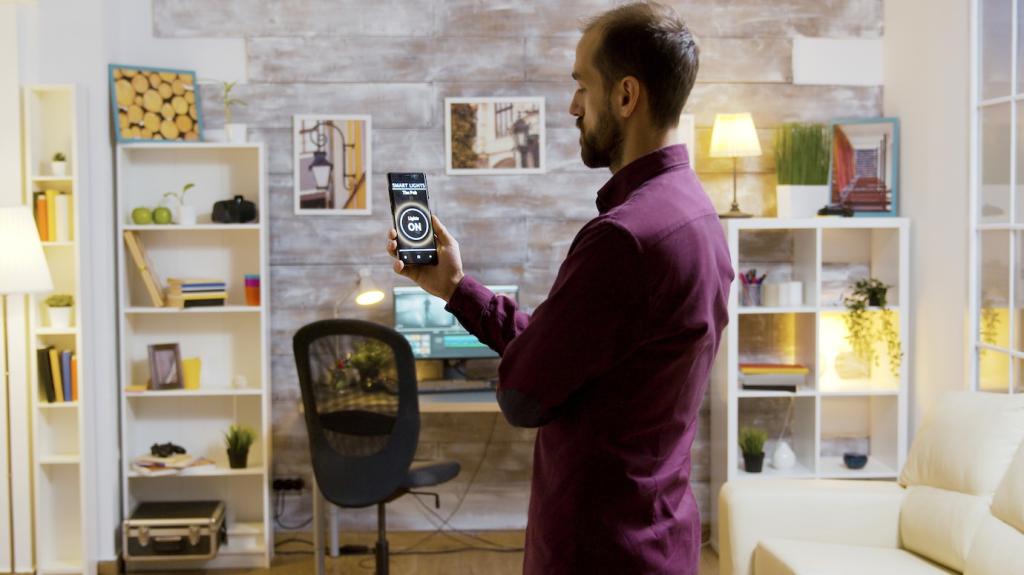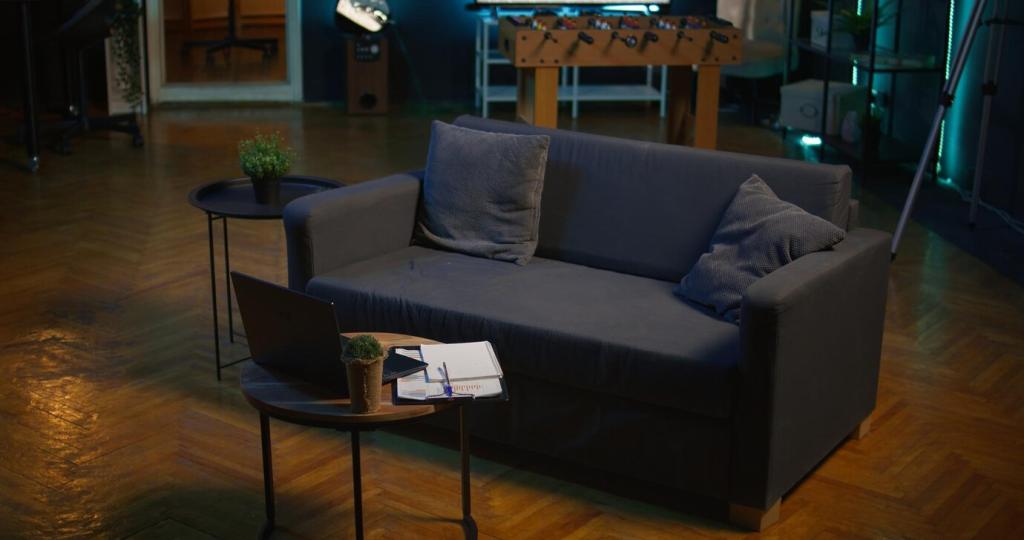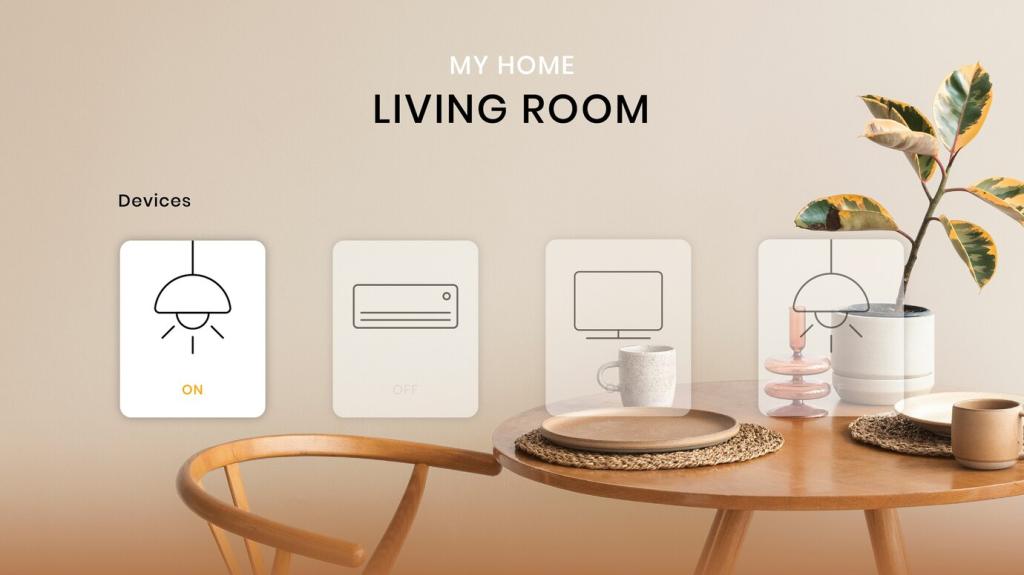
The Environmental Impact of Smart Furniture
Selected theme: The Environmental Impact of Smart Furniture. Explore how connected chairs, desks, and home systems affect materials, energy, durability, and waste—and how mindful choices can lighten their footprint.
From Raw Materials to Recycling: The Full Footprint

Smart furniture combines frames, fabrics, plastics, circuit boards, and batteries. Each step—mining, molding, soldering, shipping—adds environmental costs. Thinking cradle-to-cradle helps you spot hotspots and choose better.
Energy Behavior of Smart Furniture in Your Home
Standby Power Adds Up
One smart table sipping watts 24/7 may seem insignificant, but a roomful of devices multiplies demand. Use power strips, schedules, or auto-sleep modes to cut idle draw without sacrificing convenience.
Smart Features That Save
Presence sensors can dim task lighting, height presets can reduce motor overuse, and adaptive controls can avoid energy spikes. When tuned thoughtfully, smart features repay their footprint with ongoing savings.
Anecdote: A Desk That Learned New Habits
Maya in Portland measured her standing desk’s standby use and activated deep sleep. Over months, her energy app showed steady reductions, turning a tiny daily change into a meaningful annual difference. Share yours!
Design Choices That Shrink the Footprint
Recycled aluminum frames, FSC-certified wood, and low-VOC textiles reduce impacts and improve indoor air quality. Clear bills of materials and traceability help you verify claims instead of relying on vague marketing.
Design Choices That Shrink the Footprint
Screw-based assemblies, standardized connectors, and separate electronic modules enable easy repair and upgrade. When components come apart, furniture lasts longer, and recyclers can recover metals more efficiently at end-of-life.


Longevity, Repair, and Upgrades: Extending Useful Life
Repairability Beats Replacement
Replaceable batteries, motor cartridges, and sensor packs prevent full product disposal. Access panels, part numbers, and exploded diagrams empower local technicians and skilled DIYers to keep gear running for years.
Software Support Is Sustainability
Firmware updates, open standards, and offline modes reduce obsolescence. When cloud services end, devices should still function. Ask brands about support windows and share responses to help others shop wisely.
A Story from a Community Workshop
A maker space salvaged three broken smart stools by swapping a common motor and flashing open-source firmware. The stools returned to a school library, avoiding waste and inspiring a repair club.
Design for Disassembly
Clear fasteners, labeled polymers, and removable electronic pods let recyclers separate materials quickly. This practical design choice turns an end-of-life headache into recoverable value and lower environmental harm.
Take-Back and Refurbish Programs
Good brands offer return logistics, parts harvesting, and certified refurbishment. Before buying, ask about these options. If your favorite brand lacks them, speak up here and tag them publicly.
Digital Product Passports on the Horizon
Emerging product passports promise component-level transparency for repair and recycling. Support policies that require them, and subscribe to follow how these tools evolve for smarter, lower-waste furniture ecosystems.

How to Buy Smart and Stay Engaged
Your Pre‑Purchase Checklist
Confirm energy-saving modes, repair guides, spare parts availability, and material disclosures. Compare standby consumption. Choose modular designs. Screenshot what you find and share it to help future shoppers.
Questions Worth Asking Brands
What is the firmware support timeline? Are electronics replaceable? Do you offer take-back? Which certifications apply? Post any responses below so our community can crowdsource better, greener choices.
Join the Conversation
Comment with your measurements, teardown photos, or refurbishment wins. Subscribe for monthly deep dives on smart furniture sustainability, and vote on upcoming tests you want us to run at home.
